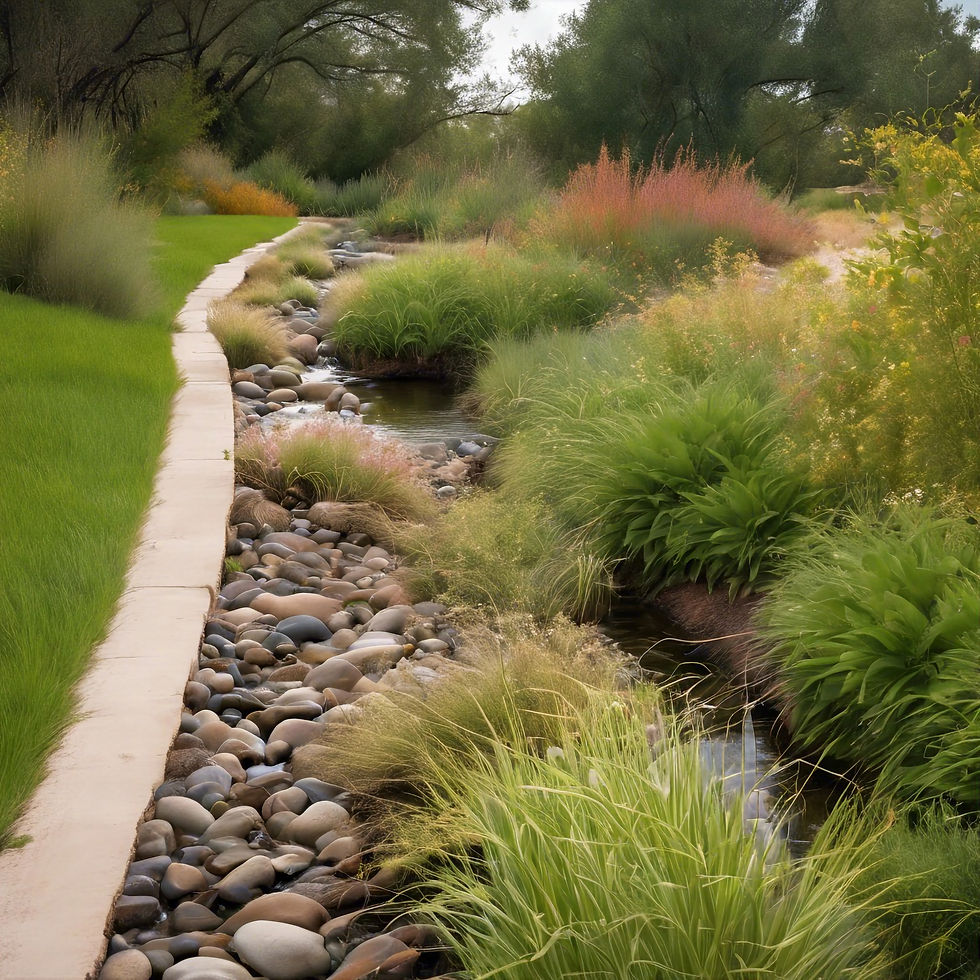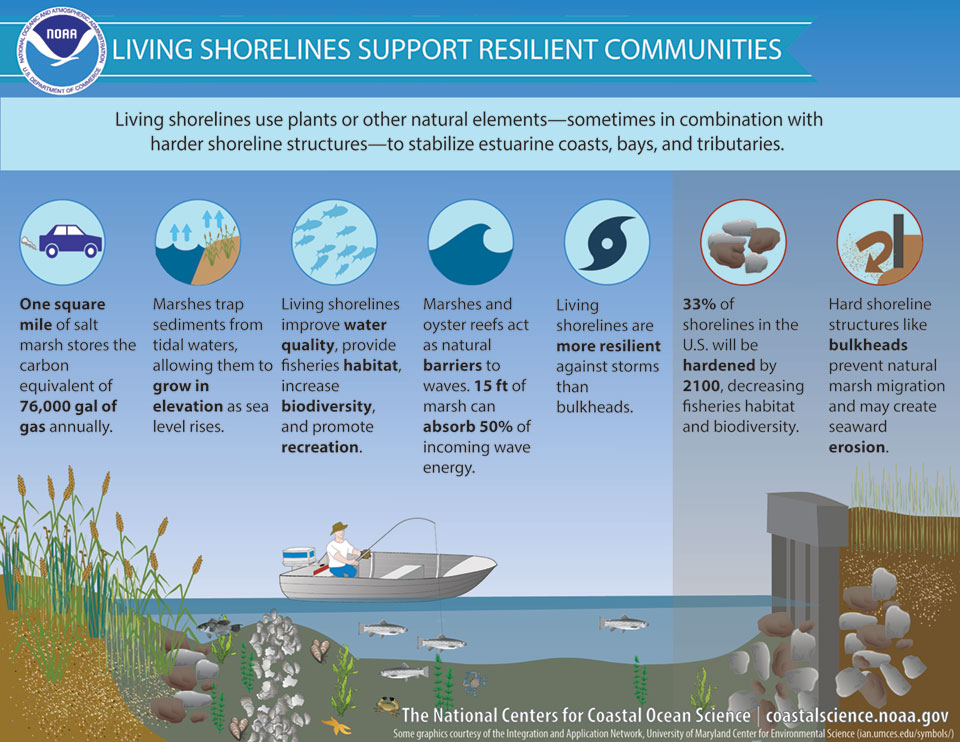Mastering Erosion Control Techniques
- Jack Bua

- Aug 25
- 5 min read
Soil erosion isn’t just an issue for Oklahoma landowners—it affects land value, agriculture, waterways, and communities worldwide. Learn more about the broad impacts of erosion from the USDA’s NRCS. When soil is lost, so are nutrients, ecosystem stability, and long-term usability.
Below, we will cover proven methods for soil and lakeshore erosion prevention and how landowners can take action with support from trusted local services and research-based resources.
Understanding Soil Erosion Prevention: Why It Matters
Soil erosion prevention is necessary to preserve your topsoil and the productivity of your property. Without proactive care:
Fertile land is lost.
Pollution and sediment reach rivers and lakes, harming wildlife (EPA: Impacts of Erosion).
Roads, buildings, and infrastructure face damage.
Agricultural yields shrink.
For Oklahoma-specific insights on erosion control projects, see:
Efforts like vegetative cover, graded slopes, and drainage systems each play a role. Delve into the basics via the OSU Extension’s Soil Management page.
Key Factors Contributing to Soil Erosion
Understanding what drives erosion is the key to smart prevention, including:
Rainfall intensity: Sudden, heavy rains dramatically increase wash-off.
Strong Wind: Dry ground is especially vulnerable.
Steep slopes: Faster runoff washes more earth.
Sparse vegetation: Bare ground is an open door to erosion.
Soil type: Sandy/loose soils erode more readily than clay.
Unchecked erosion often leads to piled up brush and debris. For a quick understanding on that process, please see:

Effective Soil Erosion Prevention Strategies
Implementing soil erosion prevention techniques requires a combination of approaches. Here are some of the most effective strategies:
1. Vegetative Cover
Planting native grasses, wildflowers, or trees is one of the most cost-effective solutions. See examples in OSU’s Drought-Tolerant Plant Selections for Oklahoma.
Use native plants adapted to local conditions.
Establish ground cover quickly after soil disturbance.
Maintain healthy vegetation to ensure continuous protection.
Want to take the next step?
2. Mulching
Applying mulch such as straw, wood chips, or compost protects soil from direct rainfall impact and helps retain moisture.
Spread mulch evenly over exposed soil.
Reapply mulch as needed, especially after heavy rains.
Combine with seeding for faster vegetation growth.
3. Terracing and Contour Farming
Terraces slow water, reduce soil movement, and are especially powerful on hilly land. Contour farming is recommended for Oklahoma in the NRCS Conservation Practice Standards.
Build terraces with stable materials like stone or wood.
Align planting rows perpendicular to the slope.
Use contour plowing to reduce soil displacement.
4. Erosion Control Blankets and Mats
These biodegradable mats protect soil on steep slopes or newly seeded areas until vegetation establishes.
Choose blankets made from coconut fiber, jute, or straw.
Secure blankets properly to prevent displacement.
Monitor and replace as vegetation grows.
5. Retaining Walls and Riprap
For severe erosion areas, physical barriers like retaining walls or riprap (rock armoring) can stabilize soil and redirect water flow.
Use retaining walls to support steep slopes.
Place riprap along stream banks or shorelines.
Ensure proper drainage behind walls to prevent pressure buildup.
6. Proper Drainage Systems
Managing water flow is essential to prevent erosion caused by concentrated runoff.
Install swales, ditches, or French drains to divert water.
Use permeable surfaces to reduce runoff.
Regularly maintain drainage structures to ensure functionality.
By combining these methods, you can create a comprehensive soil erosion prevention plan tailored to your land’s needs.
For more help or information regarding culverts and drain construction, see:

Lakeshore Erosion: Six Techniques for Beaches and Ponds
Lakeshore erosion is a specific type of soil erosion that affects lakeside areas. It can threaten habitats, property, and recreational spaces. Here are six techniques commonly used to reduce beach erosion:
Beach Nourishment
Adding sand to the beach to replace lost material helps maintain the shoreline and protect against waves.
Seawalls and Bulkheads
These structures act as barriers to prevent waves from eroding the land behind them. While typically used in coastal areas, smaller versions can be used on larger lakes where watercraft are common to prevent lakeshore erosion.
Vegetation Planting
Planting dune grasses and other coastal plants stabilizes sand and reduces wind erosion. Native Oklahoma plants play a key part in soil erosion prevention.
Geotextile Sandbags
Placing sandbags made from geotextile fabric can protect vulnerable areas temporarily.
Groynes
These are wooden or rock barriers built perpendicular to the shore to trap sand and reduce longshore drift.
Breakwaters
Offshore structures that reduce wave energy before it reaches the shore, minimizing erosion.
Each technique has its advantages and limitations, and often a combination is used for effective beach erosion management. For more information on erosion-control measures, download the EPA's Erosion & Sediment Control Handbook.
See how these work together at:
(Although some things are ocean-specific, most erosion preventions methods for shorelines can be applied to Oklahoma lakeshores.)

Practical Tips for Implementing Erosion Control on Your Property
Taking action to prevent soil erosion can be straightforward with the right approach. Here are some practical tips, incorporating permascaping principles for long-term, nature-inspired resilience:
Assess your land: Identify areas prone to erosion by observing water flow and soil loss patterns.
Start small: Begin with easy fixes like planting ground cover or adding mulch.
Use local materials: Native plants and locally sourced mulch or rocks are often more effective and sustainable.
Maintain regularly: Check erosion control measures after storms and repair any damage promptly.
Consult experts: For large or complex sites, professional advice can ensure the best solutions.
Remember, combining multiple methods often yields the best results. For example, planting vegetation alongside installing drainage systems can significantly reduce erosion risks.
Would you like to know more about creating a self-sustaining landscape that lasts?
Long-Term Benefits of Effective Soil Erosion Prevention
Investing time and resources into soil erosion prevention pays off in many ways:
Improved soil health: Retaining topsoil enhances fertility and crop yields.
Reduced maintenance costs: Preventing erosion lowers the need for repairs to infrastructure and landscaping.
Environmental protection: Minimizing sediment runoff protects water quality and aquatic habitats.
Increased property value: Well-maintained land is more attractive and functional.
Climate resilience: Healthy soils and vegetation help buffer against extreme weather impacts.
By mastering erosion control techniques, you contribute to a sustainable future for your land and community. Your efforts also help protect Oklahoma’s unique wildlife habitats and biodiversity. learn more about the Oklahoma Department of Wildlife's Biodiversity Plan and how land stewardship supports broader conservation goals.

Taking proactive steps to manage soil erosion is essential for preserving the land’s productivity and beauty. Whether you are managing farmland, cattle ponds, or just sloped terrain, understanding and applying these techniques will help you protect your investment and the environment for years to come.
Looing to start with some hourly services? Book us online:
Still looking for your dream property? Read our Homestead Hunter Guide here:






Comments